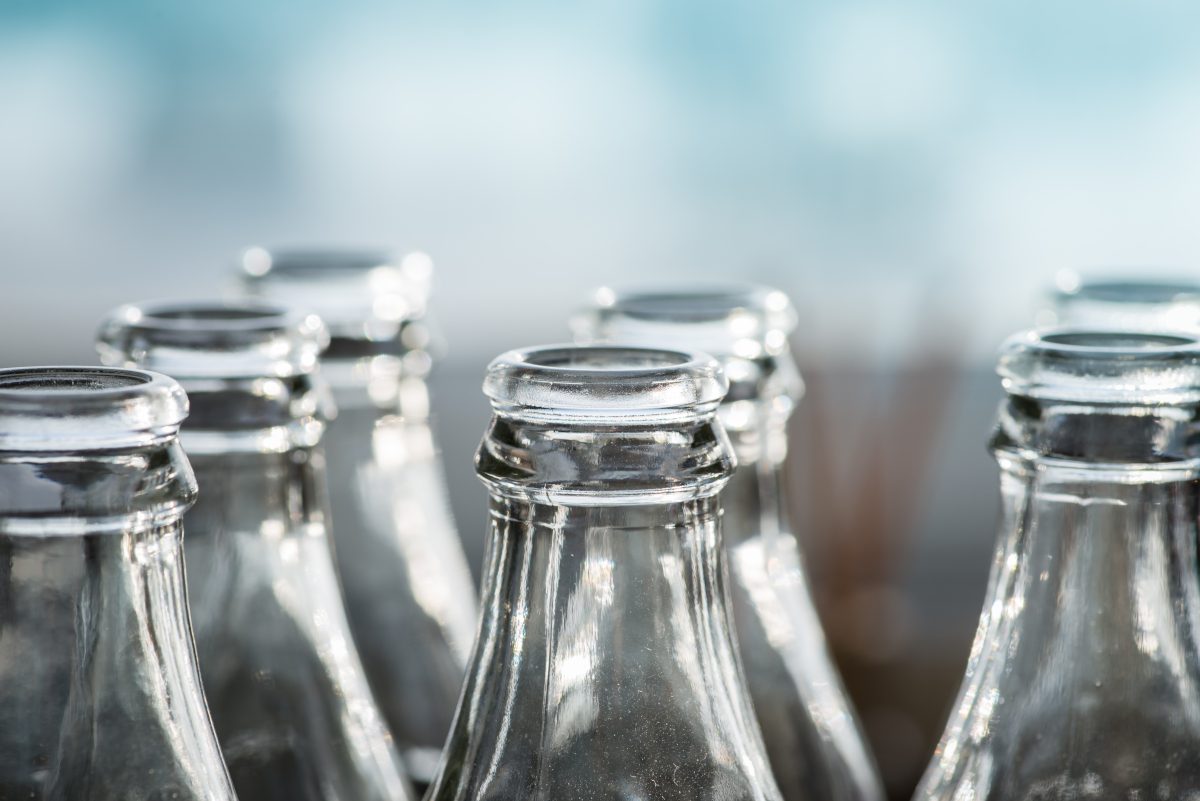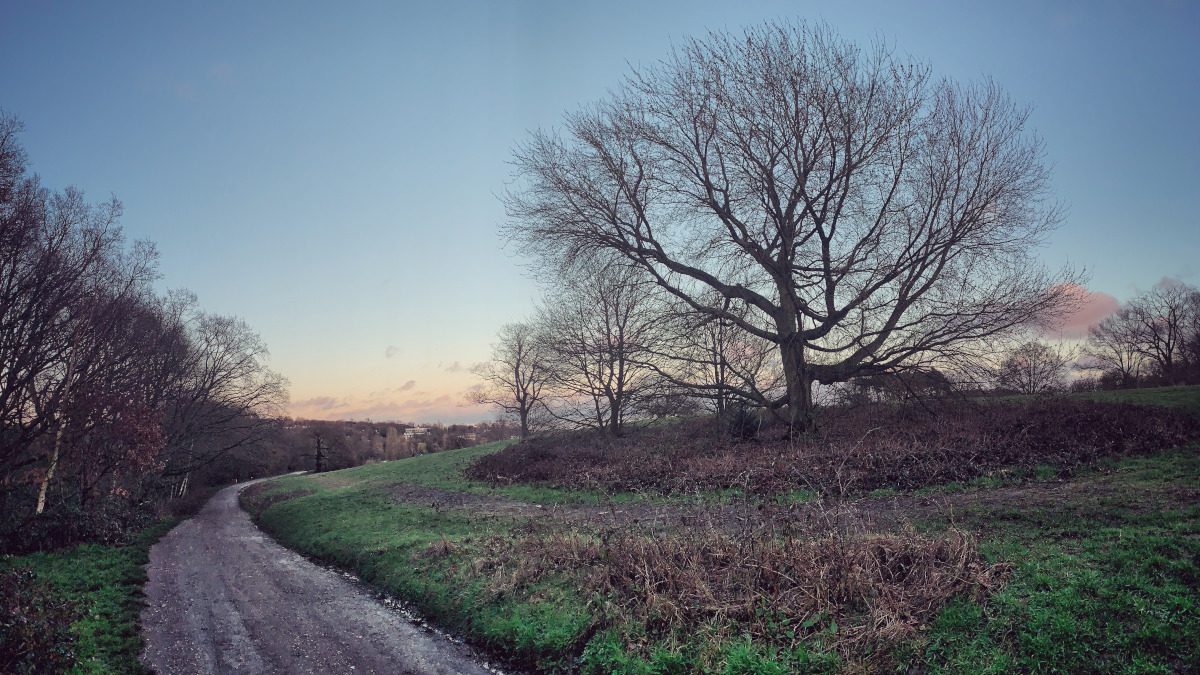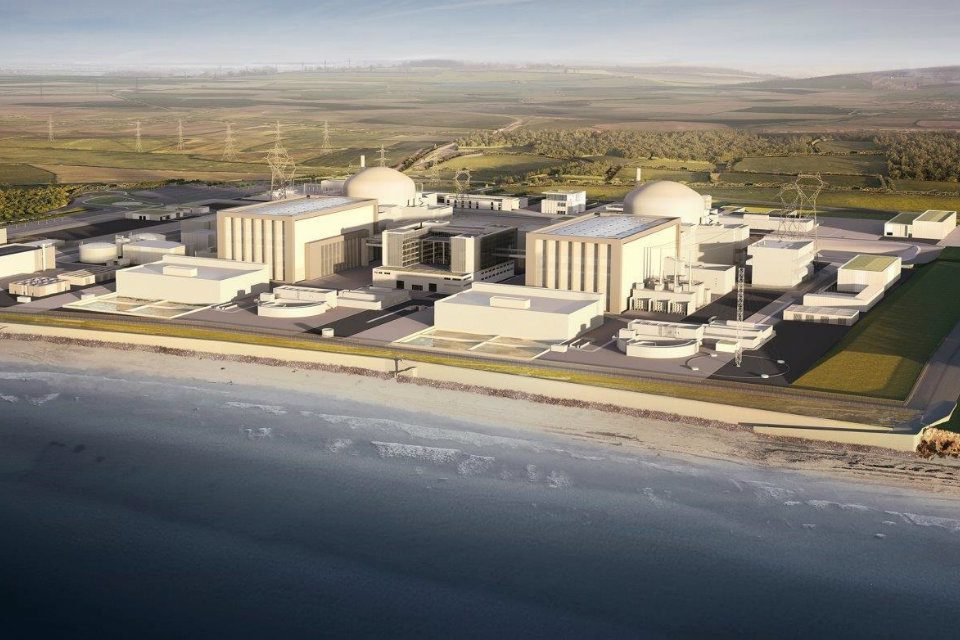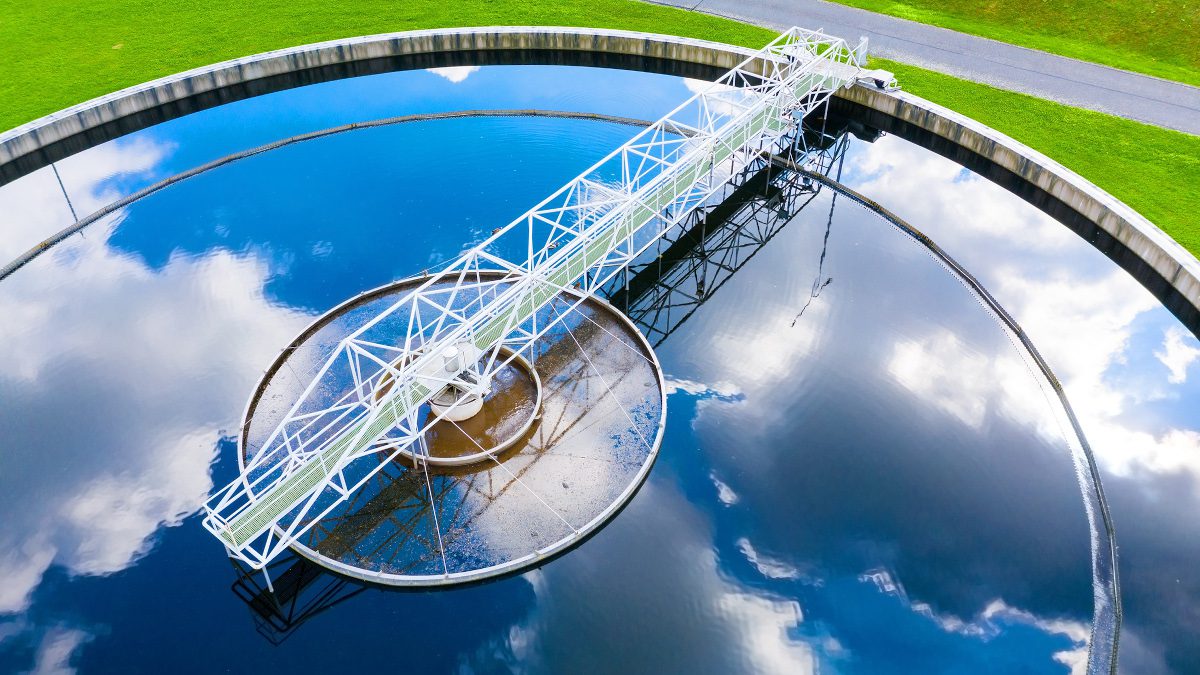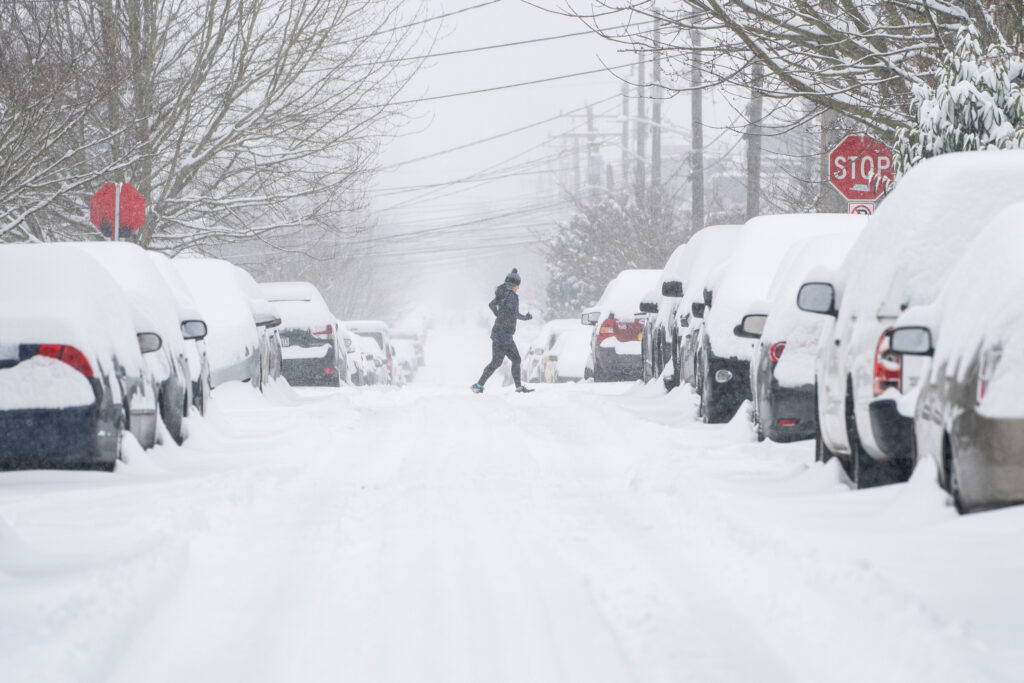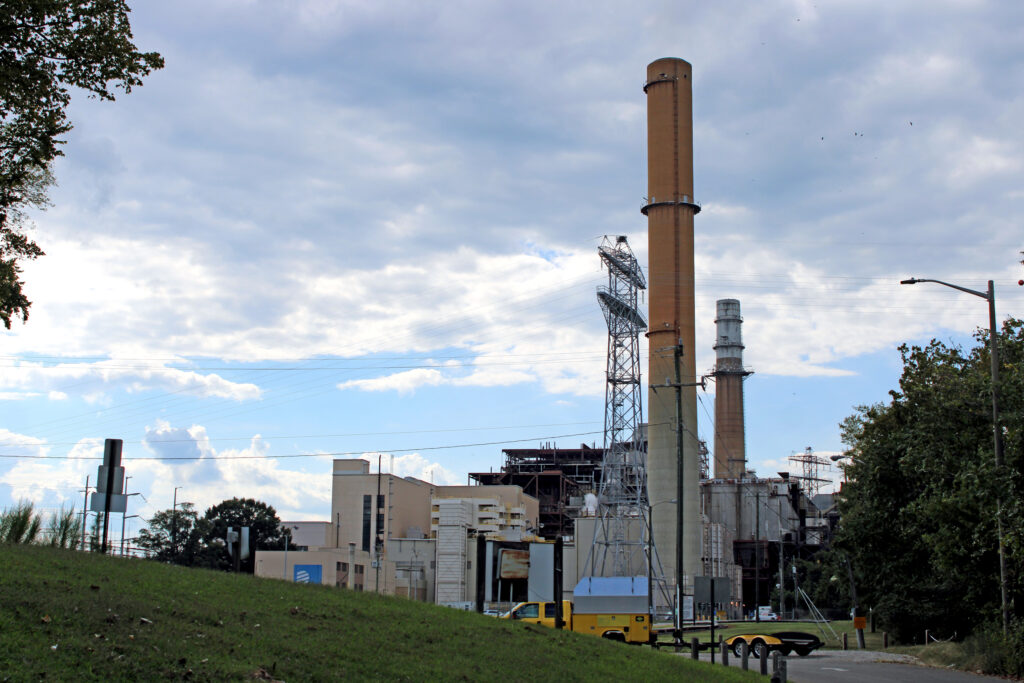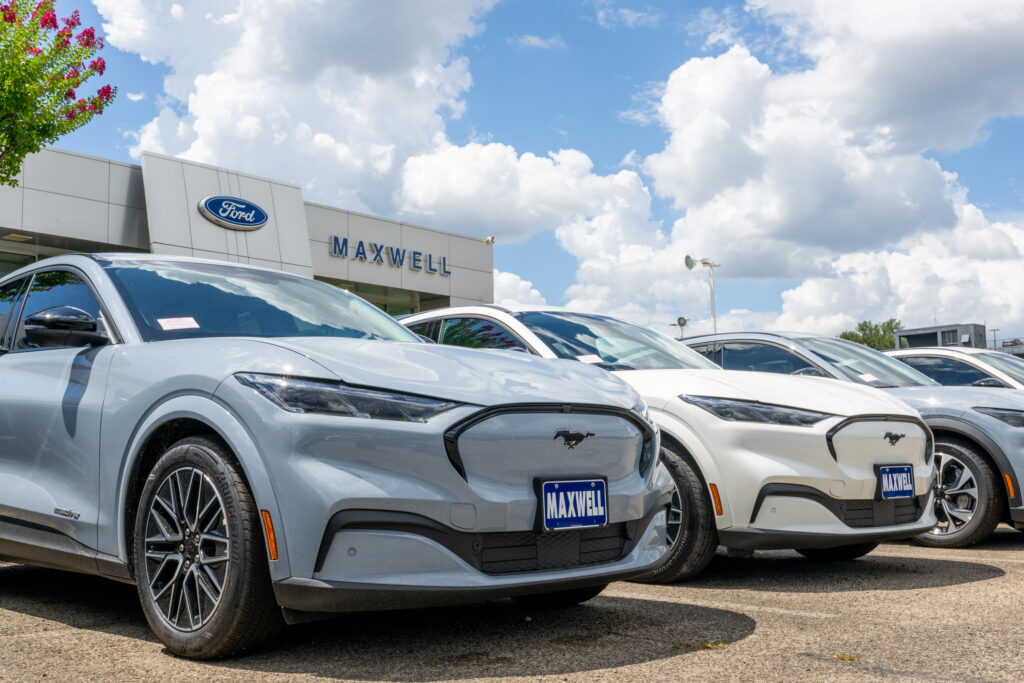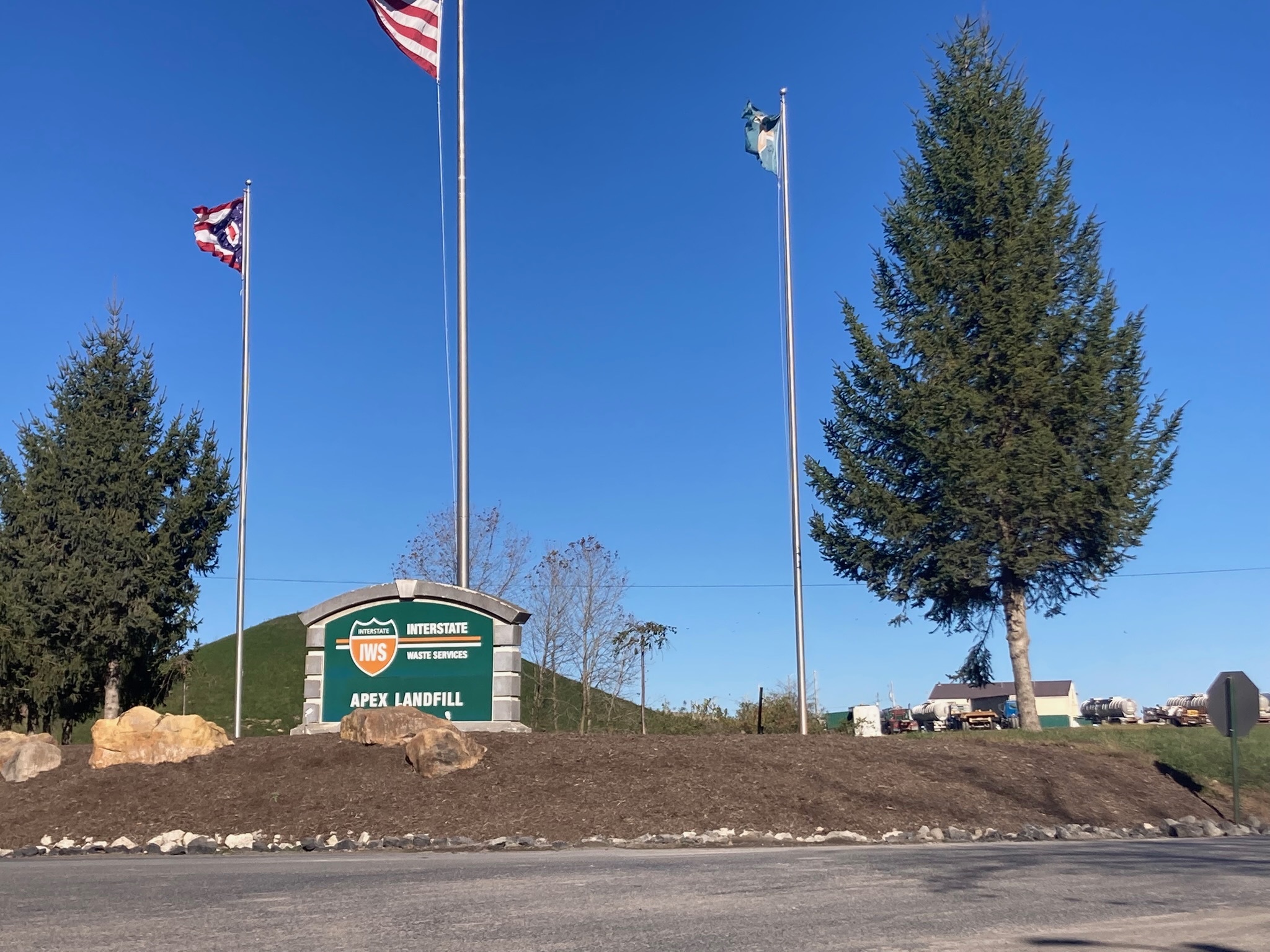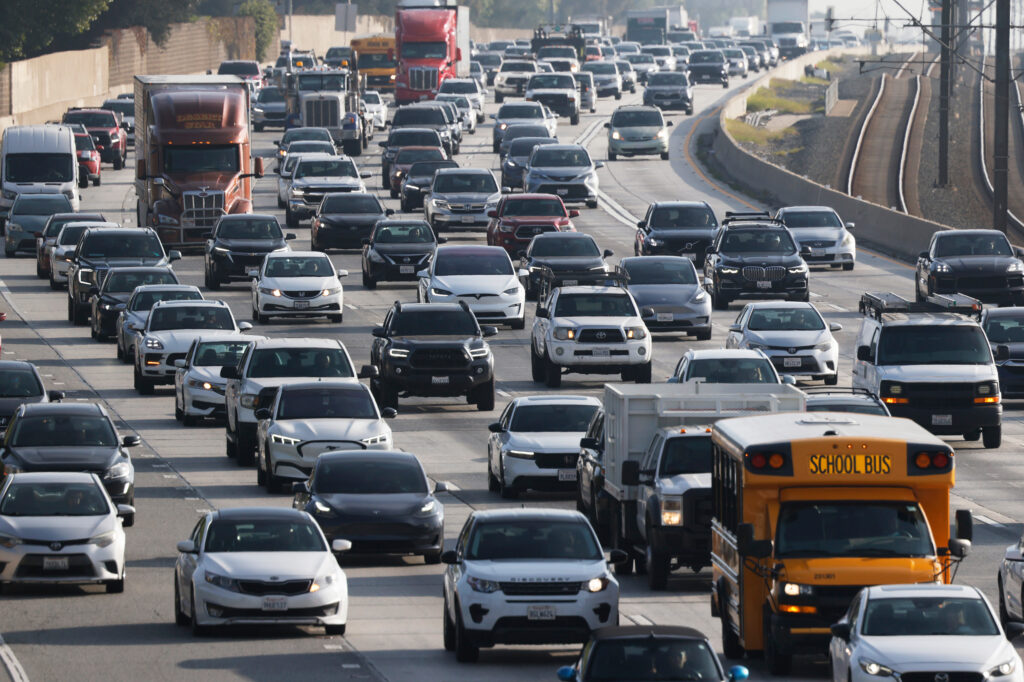Finalists in this year’s Earthshot Awards include a breakthrough microplastics filter and “the world’s first fully upcycled skyscraper”. The final 15 were announced in October, all exhibiting seemingly landmark technological or other innovations with relevance to nature, air, oceans, waste and climate (to summarise the five categories around which the award is structured).1
This year’s cohort were selected from nearly 2,500 nominees submitted by the Prize’s network of 575 nominators from 72 countries.
To be announced on 5 November, the final five will each receive £1 million and membership of a fellowship program that supplies mentorship, resources and technical support, including access to a network of influential businesses, investors and climate experts.
Finalists in the category of “Protect & Restore Nature” include Tenure Facility, the custodians of a global funding and legal mechanism dedicated to guaranteeing land and forest rights for Indigenous and Afrodescendant Peoples, as well as local communities.
Another nature finalist, re.green, is a Brazilian firm whose AI and satellite data solution “makes protecting forests financially viable”. Offering a seemingly unique restoration approach, re.green combines AI, drones and satellite imagery with ecological and financial data to identify land with the biggest potential for restoration – a sophisticated jumping-off point for carrying out this restoration. It also offers a revenue model based on carbon credits and sustainable timber. The approach is being developed in the Amazon and Atlantic rainforests of Brazil.
Another forest conservation innovation contends for a prize within the nature category. Tropical Forest Forever Facility is described as the most ambitious forest protection fund in history, and has created a $125 billion programme that proposes to pay countries in return for safeguarding their forests.
Public particularity
Three municipalities comprise contenders In the award category of “Clean Our Air”: The City of Bogotá, The State of Gujarat, and the City of Guangzhou.
Bogotá has responded to an air quality crisis that peaked between 1998 and 2005, and which included particulate matter levels exceeding WHO limits by a factor of seven. This was attributed to diesel buses, freight trucks and dust from unpaved roads. An Urban Zone for Clean Air (ZUMA) was introduced in Bosa, a highly polluted, low-income area in the southwest of the Colombian city. The initiative has involved changes to public transport in the area, and its latest fruits include the largest cycle path network in Latin America, and one of the world’s biggest electric bus fleets at over 1,400 buses. And air pollution has fallen by 24% since 2018.
The State of Gujarat, another entrant in this category, has pioneered the world’s first trading scheme for particulate emissions, demonstrating the strengths of a flexible, market-based approach in reducing emissions at a higher rate and lower cost than traditional regulation, while allowing businesses to continue growing, in the appraisal of the Earthshot Prize.
And The City of Guangzhou has chosen to tackle a terrifying PM2.5 problem – attributed to the quantity of bus, taxi, and car journeys undertaken daily by residents – with a large-scale program of electrification of buses and taxis. The initiative also appears underpinned by circularity, with retired lithium-iron bus batteries being repurposed for storage for solar and wind energy.
Masters of the sift
In another award category of “Revive Our Oceans”, Bristol-based Matter’s breakthrough filtration technology aligns with the firm’s stated ambition to make a dent in the problem of global microplastic pollution, and to stop this reaching rivers and oceans.
The filtration approach, Regen®, is said to be the first that’s been built specifically to target microplastic fibres, such as those released by textiles and laundry in washing machines and textile manufacturing. At household level, Regen.® powers the Bosch and Siemens Microplastic Filter, which captures up to 97% of fibres without the need for replacement cartridges.
Accelerating WEEE reuse
Several waste-related innovations are also in the final 15 (in the category of “Build a Waste-free World”). Shanghai-based ATRenew has created a breakthrough system for processing electronic waste. Seemingly set apart by its scale and speed, ATRenew’s approach relies on “Matrix”, an AI-powered system that sorts, tests, quality controls, grades and prices up to 100,000 devices daily. In the five years of the company’s life, ATRenew has processed 150 million electronics, equivalent to every smartphone in the UK and France combined. The group has so far been active in China, Japan and Sweden, with expansion plans now targeting Southeast Asia and Latin America. Blurb on the Earthshot website says ATRenew’s approach “is ensuring the phone in your pocket can be reused across borders”.

Another waste-related finalist is Quay Quarter Tower. The tallest building in Sydney when it opened in 1976, it faced the prospect of demolition after it had reached its end-of-life. Enter a group of visionary architects and engineers, who charted a path for the building to be upcycled and retrofitted into perpetuity. This included Danish architects 3XN, Australian executive partner BVN, and engineering firms BG&E and Arup. On competion of the work in 2022, they had reportedly managed to retain 65% of the original structure and 98% of the core, with the avoidance of more than 12,000 tonnes of embodied carbon.
Final-15 contenders in the remaining award category of “Fix Our Climate” include Barbados, which – under the leadership of Prime Minister Mia Amor Mottley – is said to be reshaping global climate finance systems, making them fairer and more effective for climate-vulnerable nations.
US company Form Energy, on the other hand, purports to tackle one of the key missing puzzle pieces in the energy transition: providing a cost-effective technology able to store energy generated by wind and solar over consecutive days, at the requisite scale. The group has developed iron-air batteries that can store electricity for up to 100 hours “at a fraction of the cost of lithium-based batteries”.
Form Enegy’s first high-volume battery manufacturing facility has been built in Weirton, West Virginia. “Built in a year, this 550,000-square-foot plant shows that advanced manufacturing can be achieved both rapidly and efficiently,” says the group’s listing on the awards website.
The Winners of the Earthshot Prize 2025 will be announced in Rio de Janeiro on 5 November.
Notes
[1] The Earthshot Prize is structured around five key challenge areas, called the “Earthshots.” These are:
- “Protect and Restore Nature” – Initiatives that conserve ecosystems, protect wildlife, and restore degraded land and habitats.
- “Clean Our Air” – Solutions aimed at reducing air pollution and improving air quality for people and the planet.
- “Revive Our Oceans” – Efforts to restore ocean health, including protecting marine life, reducing plastic pollution, and regenerating fisheries.
- “Build a Waste-Free World” – Innovations that minimize waste, promote recycling, and redesign products and systems for circularity.
- “Fix Our Climate” – Technologies and initiatives that reduce greenhouse gas emissions, support renewable energy, and advance climate resilience.



